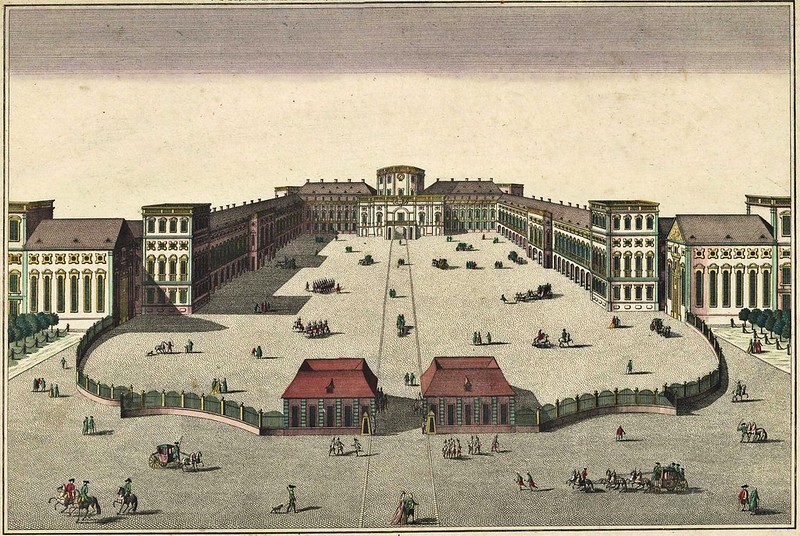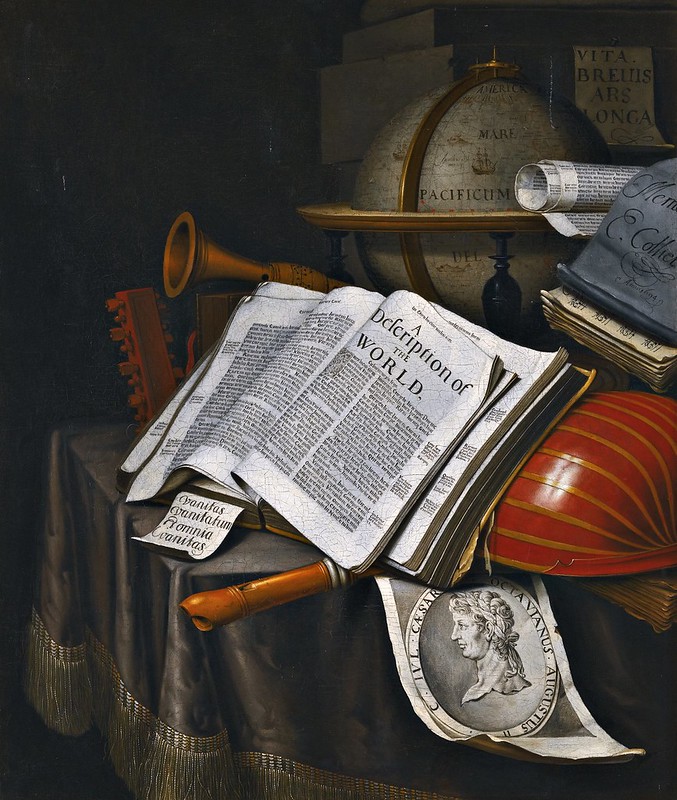Jan Václav Antonín Stamic (1717-1757) - Lytaniae Lauretane et De Nomine Jesu
Performers: Monika Frimmer (soprano); Sylvia Schlüter (alto); Harry van
Berne (tenor); Tom Sol (bass);
Alsfelder Vokalensemble; Barockorchester
Bremen; Wolfgang Helbich (1943-2013, conductor)
Further info: Jan Vàclav Antonín Stamic (1717-1757) - Organ concertos
---
Composer, violinist and teacher. He ranks among the most important early
Classical symphonists and was influential in making the court of the
Elector Palatine at Mannheim a leading centre of orchestral performance
and composition. He received his early schooling in Německý Brod, though
his first musical instruction doubtless came from his father. From 1728
to 1734 he attended the Jesuit Gymnasium in Jihlava; the Jesuits of
Bohemia, whose pupils included the foremost musicians in Europe,
maintained high standards of musical education during this period.
Stamitz is known to have spent the following academic year, 1734-35, at
Prague University. His activities during the next six years, however,
remain a mystery. It seems logical to assume that his decision to leave
the university was prompted by a desire to establish himself as a violin
virtuoso, a goal that could be pursued in Prague, Vienna or countless
other centres. The precise circumstances surrounding Stamitz’s
engagement by the Mannheim court are unclear. The date of his
appointment was probably 1741, for he remarked in a letter of 29
February 1748 to Baron von Wallbrunn in Stuttgart that he was in his
eighth year of service to the elector. The most likely hypothesis is
perhaps that Stamitz’s engagement resulted from contacts made late in
1741 during the Bohemian campaign and coronation in Prague of the
Bavarian Elector Carl Albert (later Carl VII), one of whose closest
allies was the Elector Palatine. In January 1742 Stamitz no doubt
performed at Mannheim as part of the festivities surrounding the
marriage of Carl Theodor. At Mannheim Stamitz advanced rapidly: in 1743,
when he was first violinist at the court, he was granted an increase in
salary of 200 gulden; in payment lists from 1744 and 1745 his salary is
given as 900 gulden, the highest of any instrumentalist at Mannheim; in
1745 or early 1746 he was awarded the title of Konzertmeister; and in
1750 he was appointed to the newly created post of director of
instrumental music.
The latter promotion came almost two years after the offer of a position
at the court of Duke Carl Eugen in Stuttgart with an annual salary of
1500 gulden, an offer that the Elector Palatine probably saw fit to
match, as Stamitz remained in Mannheim. In court almanacs for 1751 and
1752 Stamitz is also listed as one of the two Kapellmeisters, but after
the arrival of Ignaz Holzbauer in 1753 he appears as director of
instrumental music alone. Stamitz’s principal responsibilities at court
were the composition and performance of orchestral and chamber music,
although he seems also to have composed some sacred music for the court
chapel. As leader of the band and conductor Stamitz developed the
Mannheim orchestra into the most renowned ensemble of the time, famous
for its precision and its ability to render novel dynamic effects.
Stamitz was also influential as a teacher; in addition to his sons Carl
and Anton, he taught such outstanding violinists and composers as
Christian Cannabich, the Toeschi brothers, Ignaz Fränzl and Wilhelm
Cramer. In 1744 Stamitz married Maria Antonia Lüneborn. They had five
children: the composers Carl and Anton, a daughter Maria Francisca
(1746-1799) and two children who died in infancy. In 1749 Stamitz and
his wife journeyed to Německý Brod to attend the installation of
Stamitz’s younger brother Antonín Tadeáš as dean of the Dean’s church.
In February 1750, while the family was still in Bohemia, Stamitz’s
brother Václav Jan or Wenzel Johann (1724-after 1771), also a musician,
was in Mannheim. Johann Stamitz returned to Mannheim in March 1750, but
his wife remained temporarily in Německý Brod, where Anton Stamitz was
born on 27 November 1750. Probably in late summer 1754 Stamitz undertook
a year-long journey to Paris, appearing there for the first time at the
Concert Spirituel on 8 September 1754. He presumably returned to
Mannheim in autumn 1755, dying there less than two years later at the
age of 39.




